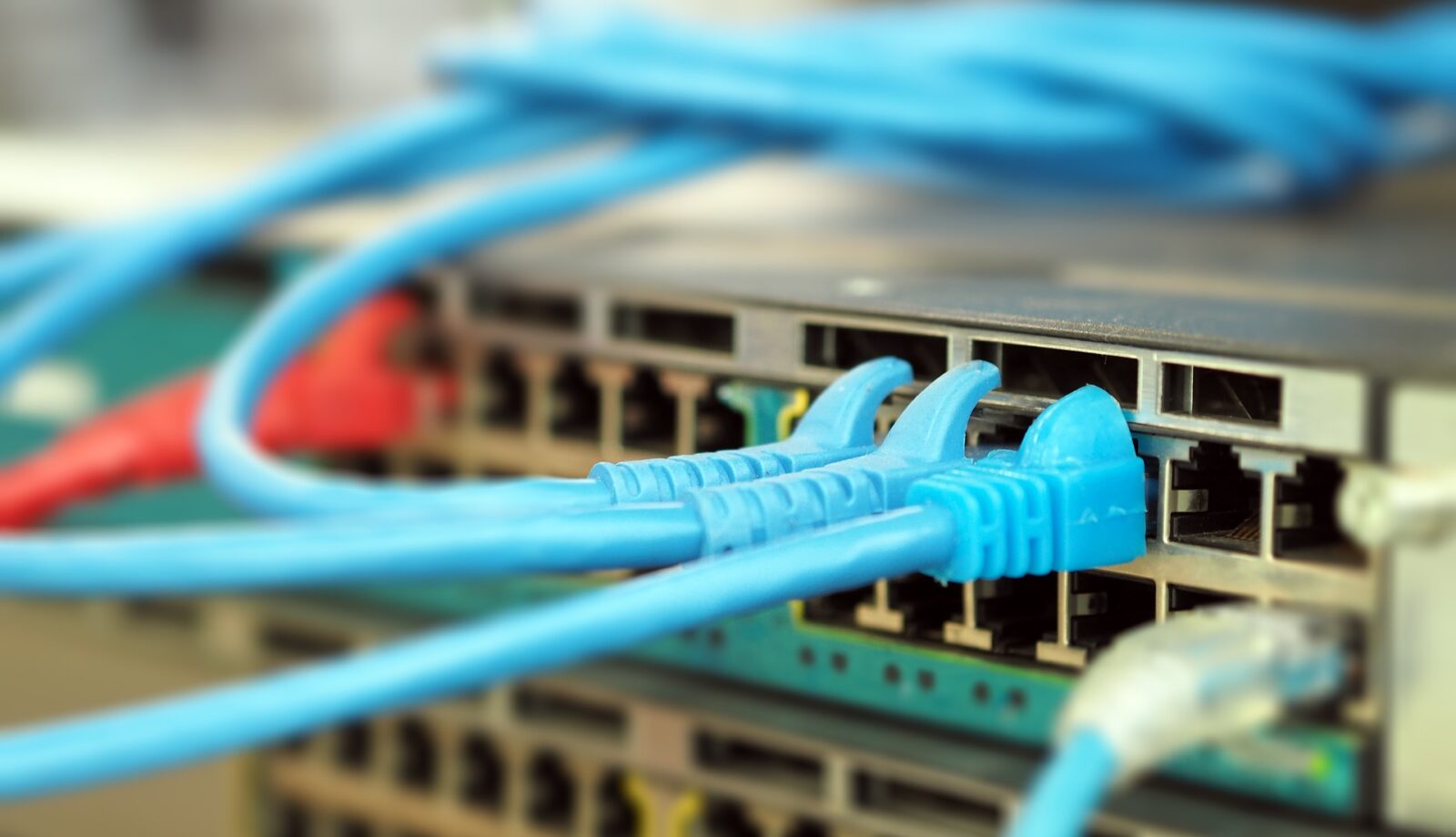A slow internet connection can ruin your workflow, gaming, or streaming experience. If your Wi-Fi keeps disconnecting, lags, or drops speed unexpectedly, don’t worry! Here are the best fixes to speed up your connection and ensure stable internet performance.
Identify What’s Slowing Your Wi-Fi
Common Causes of Slow Wi-Fi
Before jumping to solutions, check what’s causing the problem:
✅ Weak Signal Strength – Distance from the router affects speed.
✅ Interference – Nearby electronic devices or thick walls can block signals.
✅ Too Many Connected Devices – Overloaded Wi-Fi leads to slow performance.
✅ Router Issues – Outdated firmware or hardware problems can reduce speed.
How to Check Your Internet Speed
💡 Run a Speed Test – Visit sites like speedtest.net to measure your actual internet speed and identify potential slowdowns.
Restart Your Router & Devices
Simple Power Cycling Fix
Sometimes, the simplest fix is restarting your router and connected devices:
- Turn off your router and wait for 30 seconds before switching it back on.
- Restart your laptop or smartphone to refresh Wi-Fi settings.
- Power cycle your modem and router if your internet is still slow.
Optimize Your Wi-Fi Router Placement
Best Locations for Your Router
📡 Ensure your router is centrally located for better signal coverage.
🏠 Avoid placing it behind walls or large furniture that block signals.
🚫 Keep it away from microwaves, cordless phones, and Bluetooth devices to reduce interference.
Why Router Placement Matters
The higher the router placement, the better the Wi-Fi coverage and signal strength.
Secure Your Network from Unwanted Users
How Unauthorized Devices Affect Wi-Fi Speed
- Unsecured Wi-Fi can be used by neighbors or hackers, reducing speed.
- Background apps on connected devices may consume bandwidth.
How to Secure Your Wi-Fi
Your internet may be slow due to unauthorized users consuming bandwidth. To secure your Wi-Fi:
🔐 Change your Wi-Fi password to prevent unauthorized access.
🔄 Enable WPA3 or WPA2 encryption for stronger security.
📜 Check connected devices from router settings to ensure no unknown connections.
Update Your Router Firmware & Drivers
Why Router Updates Matter
- Outdated router firmware can cause connectivity issues.
- Old network drivers may slow down your connection.
Steps to Update Firmware
🚀 Outdated router firmware can cause connection issues. Follow these steps to update:
- Visit your router manufacturer’s website and download the latest firmware.
- Login to your router settings via 192.168.1.1 (default for most routers).
- Check for driver updates in your laptop’s network settings.
Switch to a Less Crowded Wi-Fi Channel
How Network Interference Happens
- Nearby Wi-Fi networks may cause channel overlap.
- Electronic devices can interfere with signals.
How to Change Your Wi-Fi Channel
If multiple Wi-Fi networks are nearby, your connection may experience interference. To fix this:
📶 Open your router settings and look for Wi-Fi channel selection.
🔄 Switch to channels 1, 6, or 11, which are least congested.
🛠️ Use apps like Wi-Fi Analyzer to detect the best available channel.
Consider Upgrading Your Router or Internet Plan
When to Upgrade
If your Wi-Fi issues persist, it may be time to:
✔ Upgrade to a dual-band or mesh router for better coverage and speed.
✔ Increase your internet plan bandwidth if multiple devices are connected.
✔ Get a Wi-Fi extender to boost coverage in weak signal areas.
Final Thoughts
Fix Slow Wi-Fi & Improve Your Internet Today!
A slow Wi-Fi connection can disrupt your work and entertainment, but these troubleshooting steps can help restore speed and stability. If problems persist, Techjee’s expert network troubleshooting services are here to help! 🚀


